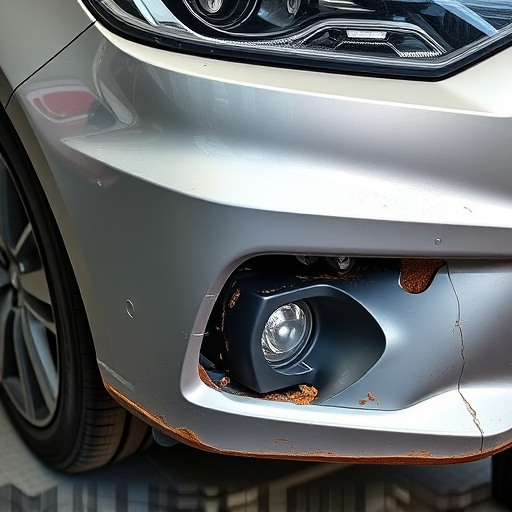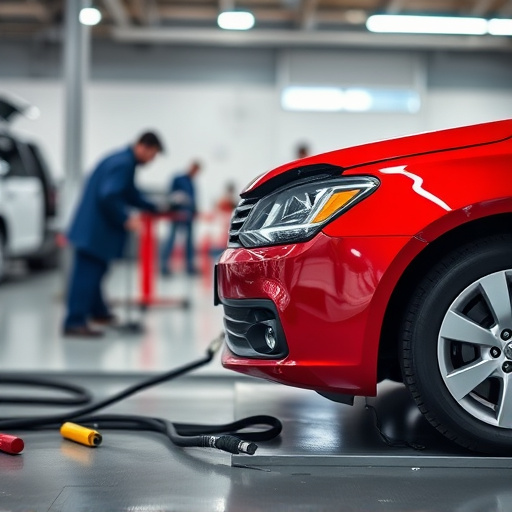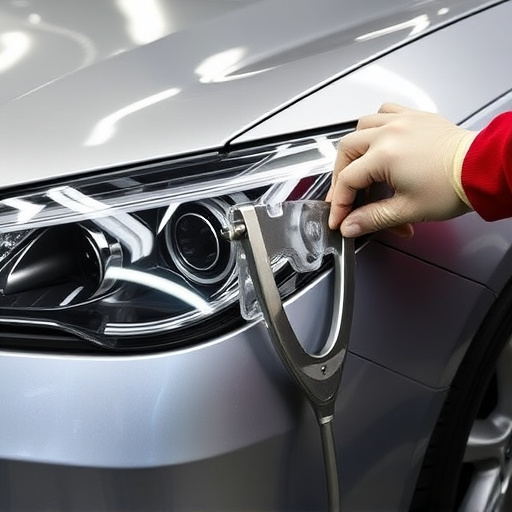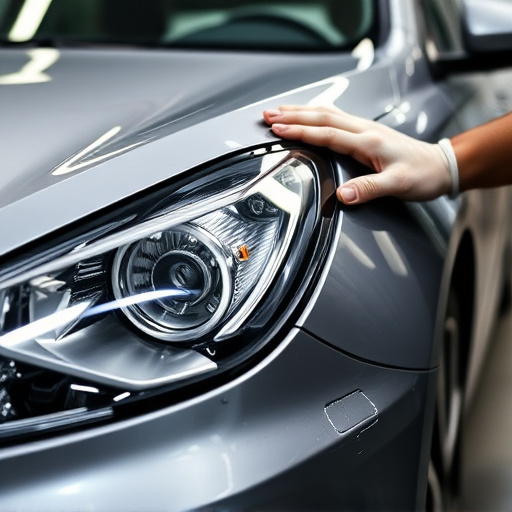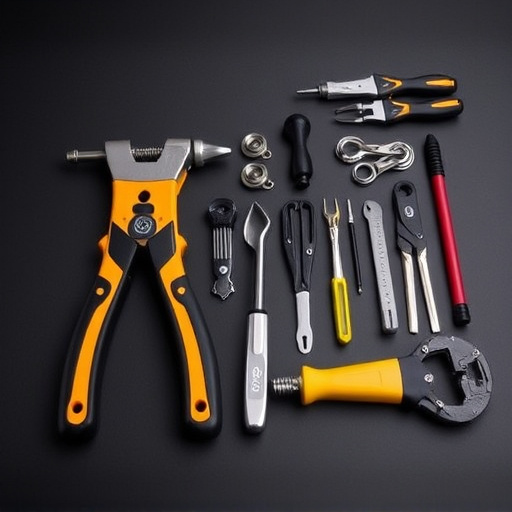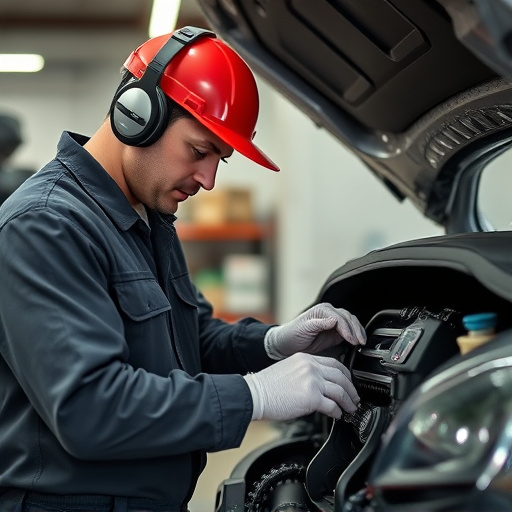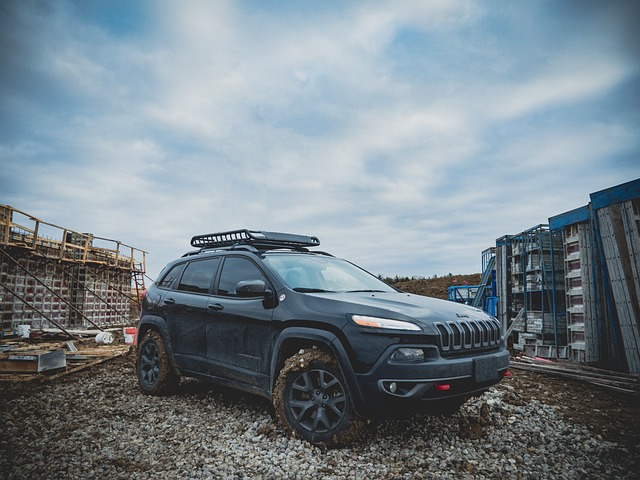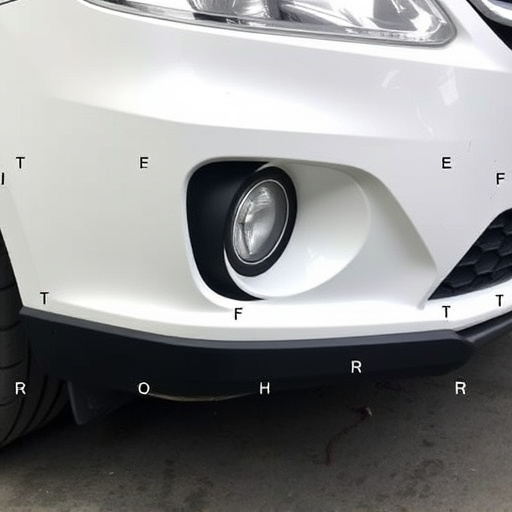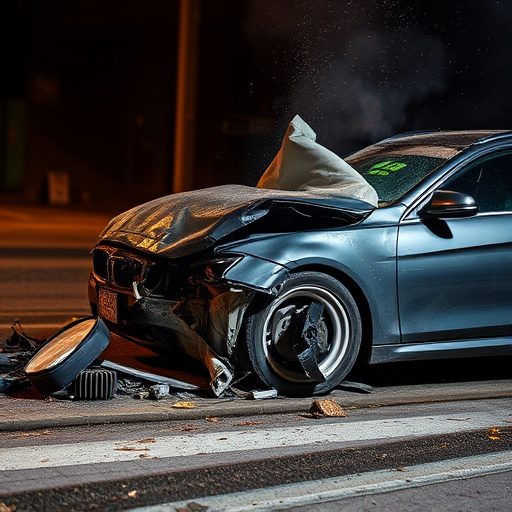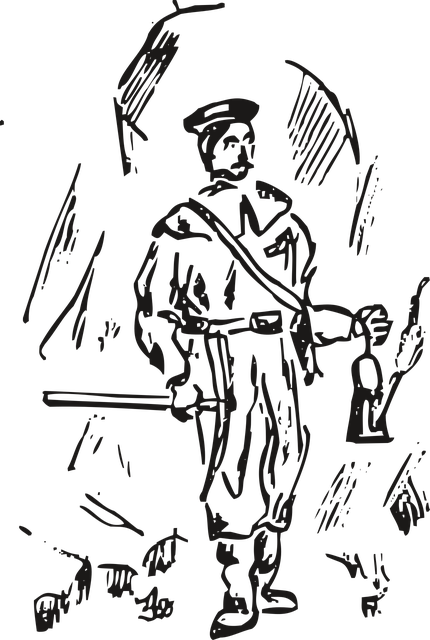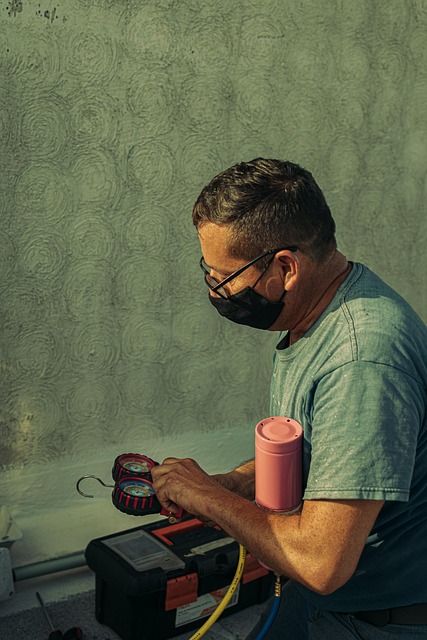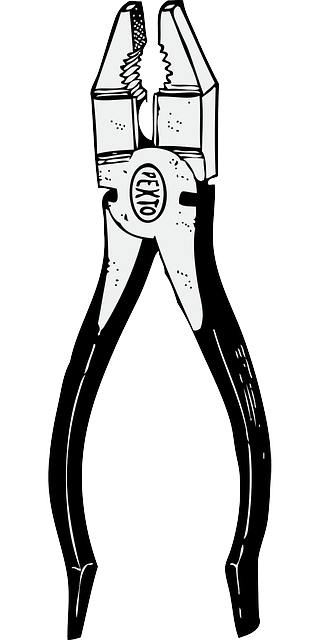When assessing crash damage, it's crucial to identify both visible (dents, scratches) and hidden (displaced panels, twisted frames) damages through thorough inspections by qualified technicians. Understanding the extent of damage—from cosmetic repairs like painting to complex structural fixes—is key for accurate cost estimates and transparent communication with customers during vehicle restoration. Crash damage repair involves addressing a range of issues from minor dents to severe structural damage, aiming to restore vehicles to their pre-accident condition.
Understanding the financial aspect of crash damage repair is crucial for any vehicle owner. After an accident, assessing the extent of the damage is the first step—identifying both visible and hidden issues that may require various types of repairs. This comprehensive guide breaks down the key factors influencing cost estimates, from regional variations to vehicle specifics. We explore the intricate process of crash damage repair, ensuring you’re informed about what’s included, what’s excluded, and your rights as a consumer when negotiating quotes.
- Assessing Crash Damage: What Needs Repair
- – Identifying visible and hidden damage
- – Understanding different types of vehicle repairs required after a crash
Assessing Crash Damage: What Needs Repair

When assessing crash damage for a repair job, it’s crucial to identify each specific component that requires attention. Crash damage can manifest in various forms, from dents and scratches on the exterior to more intricate issues within the vehicle’s frame or mechanical systems. A thorough inspection is key; qualified technicians will meticulously evaluate every angle of the vehicle to understand the full extent of the damage. This process involves examining both visible and hidden areas, as some damages might not be immediately apparent.
For instance, a car may have noticeable dents or creases in its body panels, indicating the need for vehicle paint repair or even paintless dent repair techniques. Meanwhile, more severe collisions could compromise structural integrity, necessitating complex car bodywork services to realign and reinforce critical components. Understanding what needs repair is fundamental to providing an accurate cost estimate for crash damage repair jobs, ensuring customers receive transparent information about their vehicle’s restoration process.
– Identifying visible and hidden damage
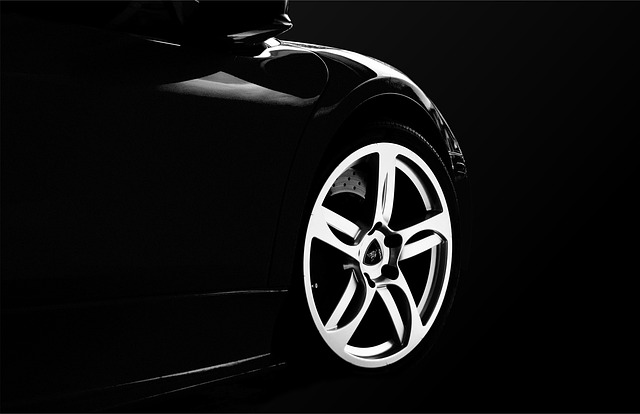
When assessing a crash damage repair job, it’s crucial to identify both visible and hidden damage. Visible damage, like dents, cracks, or broken headlights, are often the most apparent signs of an accident. However, hidden damage can be just as significant—and costly—to fix. This includes issues like damaged or displaced panels, twisted frames, or compromised structural integrity caused by impact absorption systems.
Professional mechanics use a variety of techniques to uncover hidden damage, from visual inspections and pressure testing to advanced scanning tools that detect even microscopic shifts in vehicle components. Understanding the full extent of both visible and hidden damage is essential for obtaining accurate cost estimates for crash damage repair, ensuring you receive fair and comprehensive body shop services for your vehicle dent repair or car damage repair needs.
– Understanding different types of vehicle repairs required after a crash
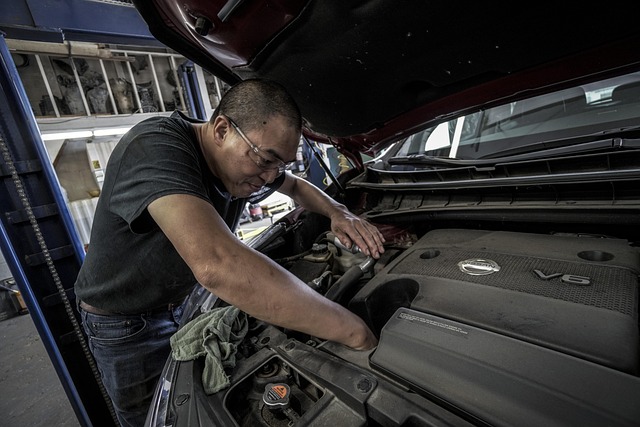
After a crash, vehicles often require various types of repairs to restore them to their pre-accident condition. Understanding these different categories is essential when dealing with crash damage repair. The extent and complexity of the damage can greatly vary, ranging from minor dents and scratches to more severe issues like crumpled fenders, bent frames, or even total vehicle loss.
Common types of repairs include cosmetic fixes such as painting and panel replacement (including fender repair), which address visible damages. Structural repairs are crucial for safety and involve fixing or replacing components like the chassis, roof, or doors that have been compromised in the collision. Additionally, automotive body shops may need to perform mechanical repairs if the crash has affected the vehicle’s engine, transmission, or other internal systems.
When it comes to crash damage repair, accurately assessing the extent of the damage is key to obtaining reliable cost estimates. By identifying both visible and hidden issues, and understanding the various types of repairs needed, vehicle owners can make informed decisions and ensure they receive fair pricing for their crash damage repair jobs. This process empowers folks to navigate the often complex world of auto body repairs with confidence.
